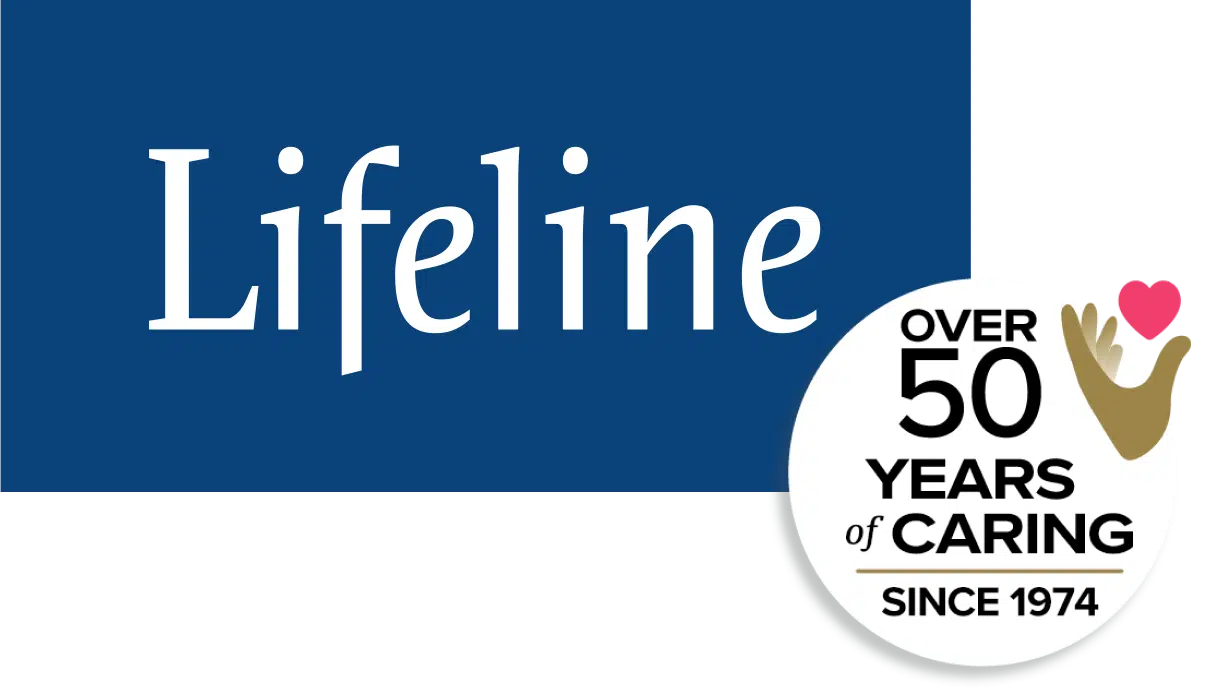Cholesterol is a double-edged sword in our bodies—essential for various functions yet potentially harmful if levels become imbalanced. Managing cholesterol effectively is crucial to maintaining cardiovascular health, and the most sustainable approach involves lifestyle changes, particularly diet and exercise. In this guide, we’ll explore how to lower cholesterol by understanding what it is, adopting heart-healthy dietary habits, and engaging in regular physical activity, with a focus on Canadian resources and guidelines.
Understanding Cholesterol
Before diving into how to manage cholesterol, it’s essential to understand what cholesterol is and why it’s crucial for your health. Cholesterol is a waxy substance found in every cell of the body. It is necessary for producing hormones, vitamin D, and substances that help digest food. However, too much low-density lipoprotein (LDL) cholesterol can lead to plaque buildup in the arteries, increasing your risk for heart disease and stroke.
On the other hand, high-density lipoprotein (HDL) cholesterol helps remove LDL cholesterol from the bloodstream. It transports it back to the liver, where it can be processed and eliminated from the body. This balance between LDL and HDL is vital for maintaining cardiovascular health, and diet and exercise are key components in managing these levels effectively.
Effective Diet Tips
Diet plays a crucial role in managing cholesterol levels. The foods you eat can influence the levels of LDL and HDL cholesterol in your blood. Prioritizing foods that help lower LDL cholesterol while supporting overall cardiovascular health is essential.
- Whole Grains: Incorporating whole grains such as oats, barley, and brown rice into your meals can be a game-changer. Whole grains are rich in soluble fibre, which helps reduce the absorption of cholesterol into your bloodstream. Health Canada recommends increasing fibre intake as part of a balanced diet to support heart health.
- Nuts and Seeds: Almonds, walnuts, and Brazil nuts are particularly beneficial due to their high content of unsaturated fats, fibre, and plant sterols. These components help lower LDL cholesterol levels. According to the Heart and Stroke Foundation of Canada, including a variety of nuts and seeds in your diet can help manage cholesterol levels.
- Beans: Beans are a versatile food rich in fibre. They help reduce cholesterol by slowing down its absorption. Consider adding beans to soups, salads, and main dishes. Dietitians of Canada suggest that increasing your intake of beans and legumes can have a positive impact on cholesterol levels.
- Plant Oils: Replacing saturated fats with unsaturated fats, such as those found in olive oil and canola oil, can significantly lower LDL cholesterol. These oils are also rich in antioxidants that support heart health. The Canadian Cardiovascular Society recommends using healthier oils in place of butter or margarine to improve cholesterol levels.
- Fruits and Vegetables: Apples, citrus fruits, broccoli, carrots, and peas are high in soluble fibre, which binds to cholesterol and helps remove it from the body. These foods also provide essential vitamins and antioxidants that promote overall health. Canada’s Food Guide encourages the consumption of a variety of fruits and vegetables to support cardiovascular health.
- Oats: A top food recommended by nutritionists for lowering cholesterol is oats. Oatmeal, in particular, forms a gel-like substance during digestion, which binds to cholesterol and prevents it from entering the bloodstream. Enhancing oatmeal with fruits and nuts can further boost its cholesterol-lowering effects. The Heart and Stroke Foundation highlights oats as a key food for maintaining healthy cholesterol levels.
- Limit Harmful Foods: While adding cholesterol-lowering foods to your diet is essential, it’s equally important to limit your intake of foods high in saturated fats, such as red meat, butter, and cheese. These foods can raise LDL cholesterol levels and should be replaced with healthier options like lean meats, fatty fish, and plant-based oils.
- Consider the Mediterranean Diet: One of the best diets for heart health is the Mediterranean diet, which emphasizes fruits, vegetables, whole grains, nuts, and olive oil. Studies, including those highlighted by the Canadian Heart Health Strategy and Action Plan, have shown that this diet can reduce the risk of heart disease and help manage cholesterol levels effectively.
- Plan Your Meals: Meal planning can help you make healthier choices and avoid the temptation of high-cholesterol foods. Preparing meals ahead of time ensures you have healthy options available when you’re busy or on the go.
Exercise Tips to Lower Cholesterol
Exercise is a powerful tool in managing cholesterol levels. Regular physical activity can lower LDL cholesterol, raise HDL cholesterol, and improve overall cardiovascular health.
Exercise helps improve circulation and promotes the body’s ability to use fat as an energy source, which can help decrease the amount of LDL cholesterol in the bloodstream. Moreover, regular physical activity can prevent the onset of conditions that can lead to high cholesterol, such as obesity and diabetes.
Which Exercise is Best to Reduce Cholesterol?
The benefits of exercise for cholesterol management largely depend on the intensity of the activity. Moderate-intensity exercises are particularly effective. These activities raise your heart rate and improve circulation, helping reduce LDL cholesterol and increase HDL cholesterol. According to ParticipACTION, moderate physical activity is crucial for maintaining cardiovascular health.
Moderate-Intensity Activities:
- Playing Sports: Engaging in activities like tennis, soccer, or even a game of pickleball with your friends can help you stay active and keep your cholesterol levels in check.
- Biking at a Casual Pace: Biking is a great way to enjoy the outdoors while getting your heart pumping. Cycling Canada recommends regular cycling as part of a heart-healthy lifestyle.
- Yard Work or Housework: Activities like raking leaves, mowing the lawn, or vacuuming can contribute to your exercise goals. According to the Government of Canada, even everyday activities can help improve your heart health.
- Group Classes: Water aerobics or dance classes like Zumba offer both social interaction and cardiovascular benefits. Many community centres across Canada offer these classes, making them accessible and enjoyable.
- Cardio Workouts: Jogging, running, or hiking can significantly raise your heart rate and help manage cholesterol levels. The Canadian Society for Exercise Physiology recommends at least 150 minutes of moderate-to-vigorous aerobic physical activity per week.
- Jumping Rope: This simple exercise is an effective way to get your heart pumping and burn calories.
- Team Sports: Participating in sports like football, basketball, or soccer combines exercise with fun and competition.
- Swimming: Swimming offers a low-impact workout that’s gentle on the joints but tough on the heart. Swimming Canada highlights the benefits of swimming for overall health, including heart health.
- Incorporating Activity into Your Day: Finding ways to move more during the day can make a significant difference. For example, taking the stairs instead of the elevator, parking farther away from your destination, or taking a brisk walk during lunch can all contribute to lowering cholesterol.
It’s important to view these lifestyle changes as a long-term commitment rather than a quick fix. Sustained changes in diet and exercise can lead to lasting improvements in cholesterol levels and overall health.
Additional Resources
Managing cholesterol effectively requires a comprehensive approach that includes both diet and exercise. However, it’s also essential to consult with healthcare professionals to ensure that your approach is safe and effective.
- Consult with Your Healthcare Provider: Before making any significant changes to your diet or exercise routine, it’s important to consult with your primary care provider. They can provide personalized recommendations based on your current health status and help you develop a plan that’s safe and effective. The Canadian Cardiovascular Society offers guidelines and resources for healthcare providers and patients on managing cholesterol and heart health.
- Educational Resources: For those looking to learn more about managing cholesterol, numerous resources are available online. Websites like the Heart and Stroke Foundation of Canada and Health Canada offer valuable information on cholesterol management, including diet and exercise tips, the latest research, and tools to help you track your progress.
- Support Networks: Joining a support group or engaging with a community of individuals working to manage their cholesterol can provide motivation and encouragement. The Heart and Stroke Foundation of Canada offers support and educational programs for those looking to improve their heart health.
Final Thoughts
Lowering cholesterol with diet and exercise is not only possible but also a sustainable and healthy way to improve your overall well-being. By making informed choices about what you eat and how you move, you can take control of your cholesterol levels and reduce your risk of heart disease and other related conditions. Remember, small changes can make a big difference, so start incorporating these tips into your daily routine today.
For those who may need extra support in maintaining a heart-healthy lifestyle, consider Lifeline Canada. With our medical alert devices, you can have peace of mind knowing help is just a button away, whether you’re at home or on the go. Connect with us today to learn how we can support you to live more actively and confidently at home.
Disclaimer: Don’t disregard professional medical advice, or delay seeking it, because of what you read here. This information is not intended as a substitute for professional consultation, diagnosis, or treatment; it is provided “as is” without any representations or warranties, express or implied. Always consult a healthcare provider if you have specific questions about any medical matter, and seek professional attention immediately if you think you or someone in your care may be experiencing a healthcare condition or medical emergency.
What You Should Do Now:
Here are 5 ways we can help you or your loved one live safer and more independently at home as long as possible:
- Get our latest tips, tools and resources straight to your inbox. Sign up for our monthly newsletter.
- Not sure if the time is right for a medical alert service? Take this quick assessment to find out.
- If you would like to learn how to live a healthier and safer lifestyle, go to our blog or visit our resources section, where you can read and download guides.
- Wondering which medical alert system company is the best for your needs? We’ve put together a guide comparing the best medical alert systems for you.



